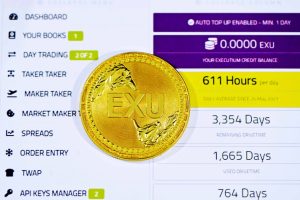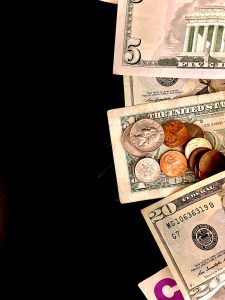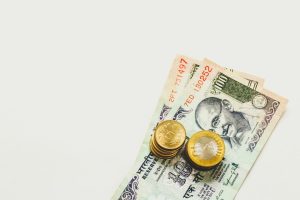Forex, or foreign exchange, is the largest and most liquid market in the world. It involves the trading of currencies from around the world, with the goal of profiting from the fluctuations in their values. One of the key features of Forex trading is leverage.
Leverage allows traders to control larger positions than they would be able to with their own capital. It essentially allows traders to borrow money from their broker to increase their trading power. This can be a double-edged sword, as it can both increase profits and losses.
So, how does leverage work in Forex trading? Let’s say a trader wants to buy 100,000 units of the EUR/USD currency pair. Without leverage, they would need to have $100,000 in their trading account to make this trade. However, with leverage, they may only need to put up a fraction of that amount as collateral, which is known as the margin. Depending on the broker and the account type, the margin required for a 100,000 unit trade may be as low as $1,000.
The amount of leverage available to a trader varies depending on the broker and the account type. It is usually expressed as a ratio, such as 50:1 or 100:1. This means that for every dollar of margin, the trader can control $50 or $100 worth of currency, respectively.
Using leverage can amplify profits, as even small price movements can result in significant gains. For example, if a trader bought the EUR/USD at 1.1000 and it rose to 1.1050, they would make a profit of $500 on a 100,000 unit trade. However, if they had used 100:1 leverage and only put up $1,000 in margin, their profit would be $50,000.
However, it’s important to remember that leverage can also amplify losses. If the EUR/USD had dropped to 1.0950 instead, the trader would have lost $500 on a 100,000 unit trade. But if they had used 100:1 leverage, their loss would be $50,000 – wiping out their entire trading account.
It’s also worth noting that leverage can increase the risk of a margin call. A margin call occurs when a trader’s losses exceed the amount of margin they have in their account. When this happens, the broker may close out their trades to protect their own interests.
So, how much leverage should a trader use? This depends on their risk tolerance and trading strategy. Some traders prefer to use lower leverage, such as 10:1 or 20:1, to reduce their risk of a margin call. Others may be comfortable using higher leverage, such as 100:1 or even 500:1, to potentially increase their profits.
It’s important to remember that leverage is a tool that should be used responsibly. Traders should only use leverage if they fully understand the risks and are comfortable with them. They should also have a solid trading plan in place, with clear entry and exit points, stop-loss orders, and risk management strategies.
In conclusion, leverage is a key feature of Forex trading that allows traders to control larger positions with a smaller amount of capital. While it can amplify profits, it also increases the risk of losses and margin calls. Traders should use leverage responsibly and only if they fully understand the risks involved.





